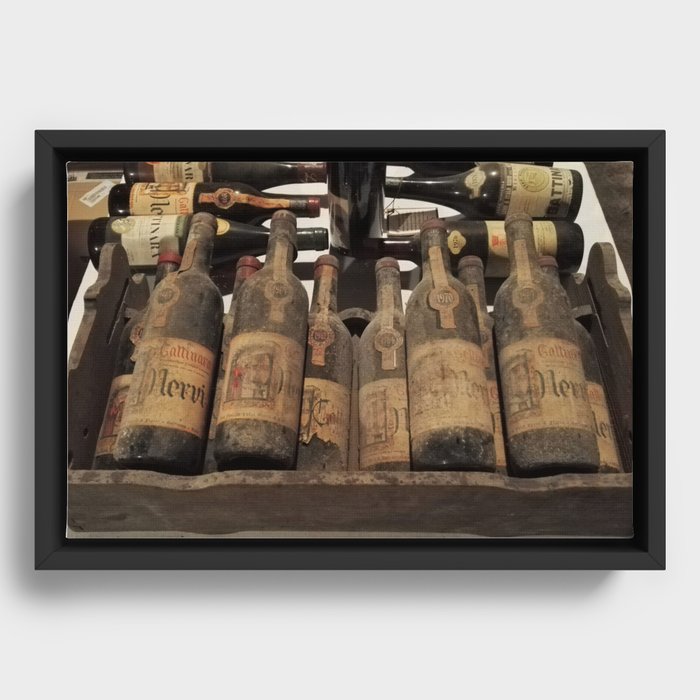Grape Variety MindMaps for WSET4 Diploma: D5-Fortified Wines
How time flies – with less than 2 weeks to go now until my next – and hopefully final – exam for WSET4 Diploma. This time it will be the ‘D5’ unit: Fortified Wines. Afterwards it’s only the D6 research paper left, and as its topic is ‘Sustainability’, a theme close to my heart, I’m looking forward to researching and writing that one.
But right now, I’m smack in the middle of studying about sherry, port, madeira, vins doux naturels, etc. With some time in between for other activities as well: from wine trips, events, photography class assignments and exams, to a long-overdue, heartwarming family meet-up. All things I had to severy cut down on during the previous months, due to the much bigger D3-Wines of the World module.
On a personal note: the D5 is probably my least favourite module of the entire course. Fortunately sherry makes up a substantial part, because I do adore the dry sherry styles: Fino, Manzanilla, Amontillado, Palo Cortado and Oloroso. But the sweeter wines are more challenging, as for the past 8 years, we’ve been an enthusiastic low-starch/sugarfree household here. So, understandably, both Dr. K and I tend to avoid sweet wines in our daily lives, with a few rare, selective exceptions for professional purposes.
Nevertheless, it’s still interesting to get a deeper understanding of the different grape growing and winemaking methods for these wines. And of course – this won’t come as a surprise – this time too I’m going to do all I can to perform well.
To help me study this unit, I’ve made a second set of grape variety mind maps: for the most important grapes in the D5 course. Each visual lists where they are grown (for fortified wines), which hazards or diseases they are most vulnerable to, styles and characteristics of the wines, and other bits of information that may come in handy at the exam.

Download The D5 Grape Varieties MindMaps
If you would like to use this set too for your own wine studies: see the download link below.
Like in the previous set (for D3), I’ve ordered the pages first by grape colour; then by time of budding. But you can edit the document and play around with the order as it suits you best. That in itself is a nice way to learn. Enjoy! 🙂
If you’d encounter any errors (or notice something important I’ve forgotten to add), be sure to send me a message, and I will update the file asap.
If you’re looking for the much larger file with the main grapes for the D3 ‘Wines of the World’ module, you can still download them from my previous post.
Credits
These mind maps were compiled for educational purposes, as a summary for personal use during my studies.
To make these, I consulted the sources listed below. The external images used in the pdf, which are not my own, link back to the original source.
Book: Wine Grapes (Vouillamoz, Robinson, Harding)
https://www.wsetglobal.com/
https://www.winespectator.com/wine-iq/know-your-grapes
https://www.vindefrance.com/wines/grape-varieties-of-france
https://www.rebsortenlexikon.de/Rebsorten
https://thegrapegrind.com/varietals-category-page/
http://faberpartner.de/index.php/uebersicht.html
https://plantgrape.plantnet-project.org/en/
https://www.vivairauscedo.com/en/product-index/wine-varieties/
https://www.vinetowinecircle.com/en/varieties/studied-varieties/
https://winefolly.com/












